In an era where the localization rate of medical devices in China has exceeded 35%, a silent technological revolution is quietly brewing within the medical consumable industry chain. Injection molding technology, long playing the role of a "hidden craftsman" in the medical field, is reshaping the production paradigm of medical consumables with nanoscale precision. From the precision dosing components of Medtronic's insulin pens to the microporous structural parts of Johnson & Johnson's orthopedic implants, medical consumable injection molding is quietly building the precision manufacturing foundation for the era of smart healthcare.
Material Innovation: From Biocompatibility to Intelligent Response
In Mindray Medical's latest ventilator tubing system, a silicone catheter with gradient density injection molding is redefining the performance boundaries of medical consumables. This medical-grade polymer with a three-layer composite structure achieves a wall thickness control of 0.01mm, behind which lie three major breakthroughs in material science:
-
Medical-grade liquid crystal polymer (LCP): Maintains a 50% glass transition temperature while achieving no artifacts in CT imaging.
-
Shape memory polyurethane: Can autonomously unfold complex three-dimensional structures at a body temperature of 37℃.
-
Antibacterial nanocomposite: Achieves an inhibition rate of over 99.99% against Staphylococcus aureus.
-
Hydrogel-elastomer composite system: A dynamic response material that simulates the mechanical properties of human tissues.
Lubrizol's Estane® SKN series TPU maintains a dimensional tolerance of 0.3% even after high-temperature steam sterilization at 134℃, completely solving the aging problem of reusable instruments. Clinical data from a tertiary hospital shows that minimally invasive surgical instruments made of this material have a service life of over 200 uses.
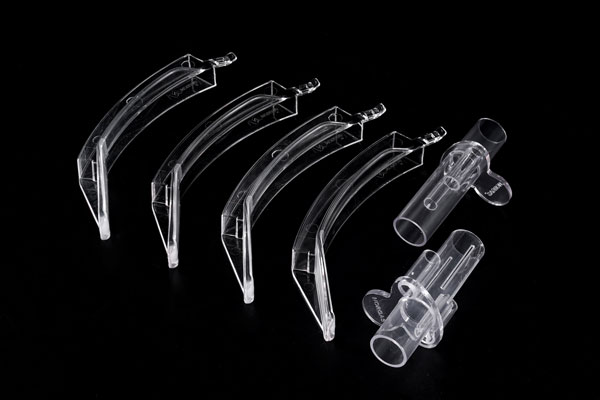
Process Leap: Precision Control Driven by Intelligent Algorithms
In the 10,000-class clean injection molding workshop of Weigao Group's smart factory, a flexible production line composed of 16 all-electric injection molding machines is in operation: An AI vision system real-time detects 32 key dimensions, while the MES system simultaneously tracks over 200 process parameters. The core technological breakthroughs here include:
-
Molecular-level mold flow simulation system: Improves material degradation prediction accuracy to 92%.
-
Nanoscale surface replication technology: Achieves an optical-grade surface quality of Ra0.05μm.
-
Multi-physics field coupling control system: Controls temperature fluctuations within ±0.3℃.
-
Online cleanliness monitoring device: Particle counting sensitivity reaches 0.1μm.
Practices by a multinational medical device giant show that the introduction of digital twin technology has compressed the validation cycle for Class III medical devices from 18 months to 6 months, and improved batch stability from CPK1.0 to CPK1.67. A domestic ECMO oxygenator company has reduced the injection molding defect rate of membrane components from 15% to 0.8% through process optimization.
Future Battlefield: Micro-nano Manufacturing and Functional Integration
When a drug delivery system needs to integrate 500 micro-pillar array structures, traditional injection molding processes have reached their physical limits. The four major technological directions being explored at the industry forefront are:
Micro-nano Injection Molding:
-
Manufacturing of microstructures with feature sizes of 50nm.
-
In-mold nanocoating deposition technology.
-
Direct formation of superhydrophobic surfaces.
Bioactive Injection Molding:
-
Gradient distribution molding of growth factors.
-
Manufacturing of extracellular matrix-mimicking structures.
-
Injection molding of biodegradable metal-polymer composites.
Intelligent Device Integration:
-
Simultaneous molding of flexible circuits and structural parts.
-
Embedded injection molding of MEMS sensors.
-
Precision manufacturing of optical waveguide structures.
An innovative company has developed an intelligent insulin pump that uses a 48-cavity microfluidic mold to achieve the one-time molding of 256 microchannels, integrating 12 traditional components into a single module. A pacemaker lead for implantable cardiac pacemakers uses a multi-component injection molding process to achieve 7 functional layers within a 0.3mm diameter.
In this era of explosive development in medical technology, medical consumable injection molding technology is undergoing a transformation from a "supporting process" to a "core enabling technology". While the industry is still discussing the impact of centralized procurement policies, real changes are occurring in the nanoscale textures of mold cavities, in the oriented arrangement of material molecules, and in the millisecond-level responses of intelligent algorithms. Companies that master the core technologies of precision injection molding, such as Weigao in Shandong and Mindray in Shenzhen, are building manufacturing barriers for high-end medical devices. For China's medical consumable industry, this is not only a critical battle to break through "bottleneck" technologies but also the only way to reach the high end of the global value chain.
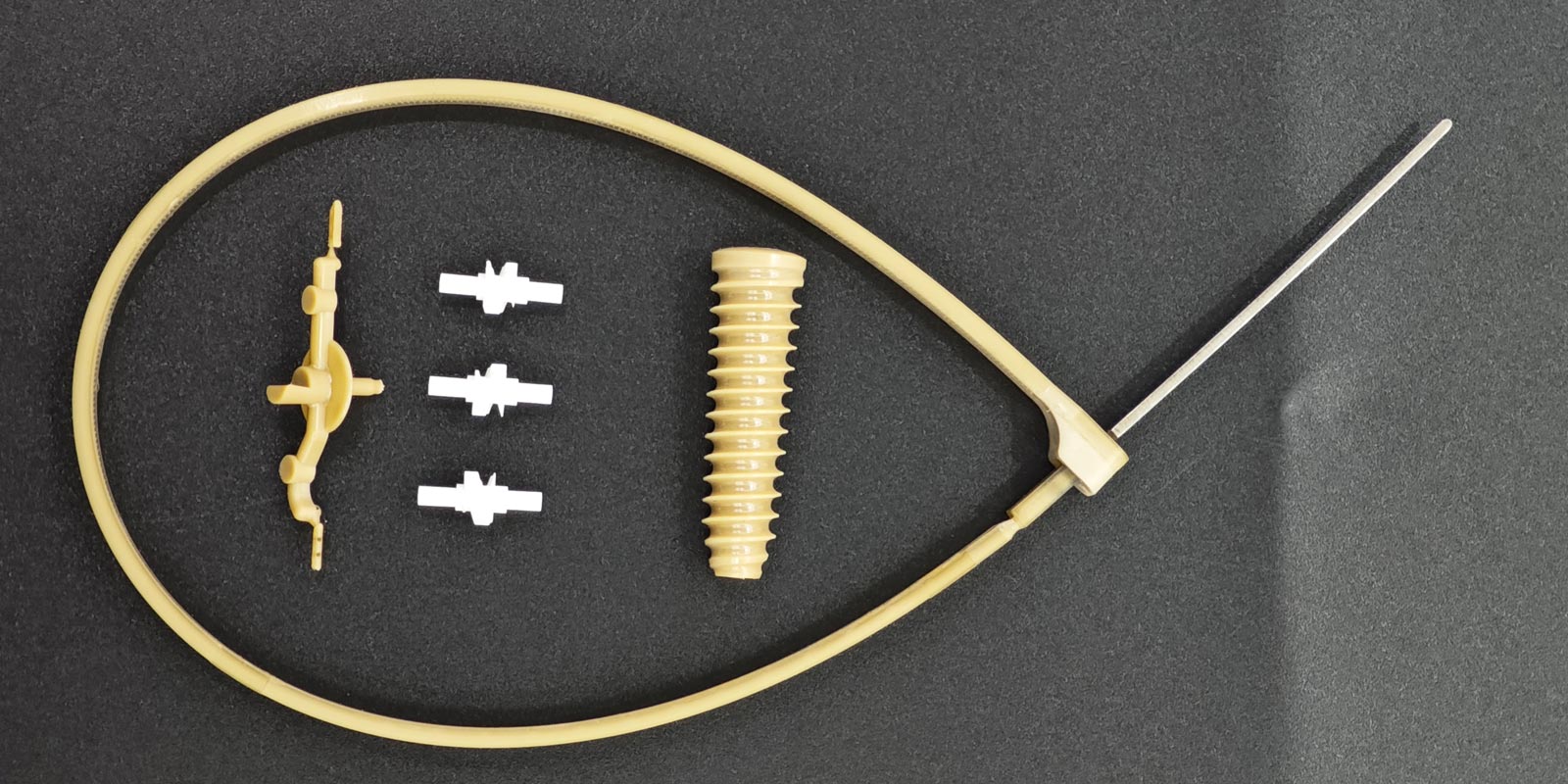
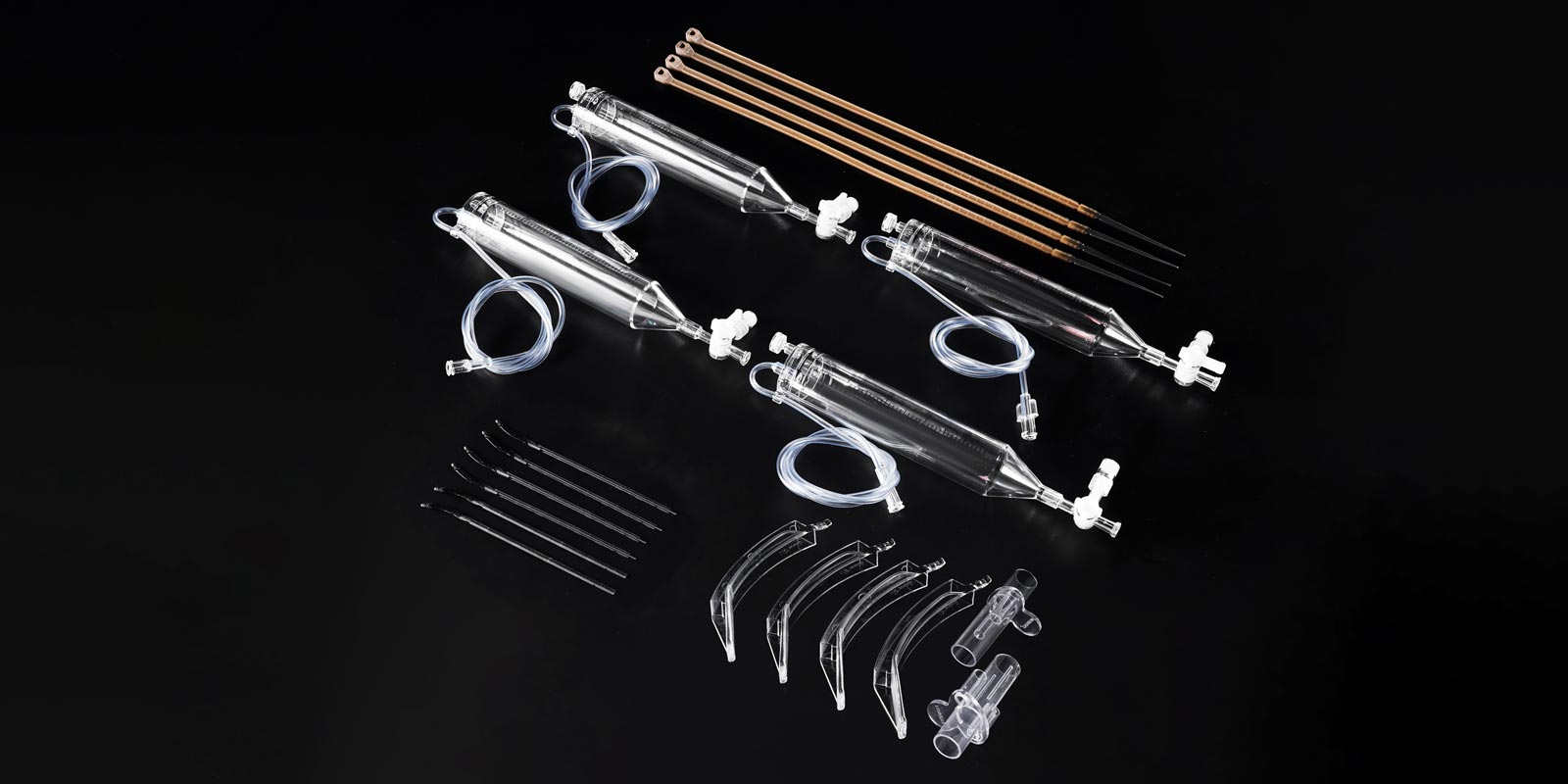

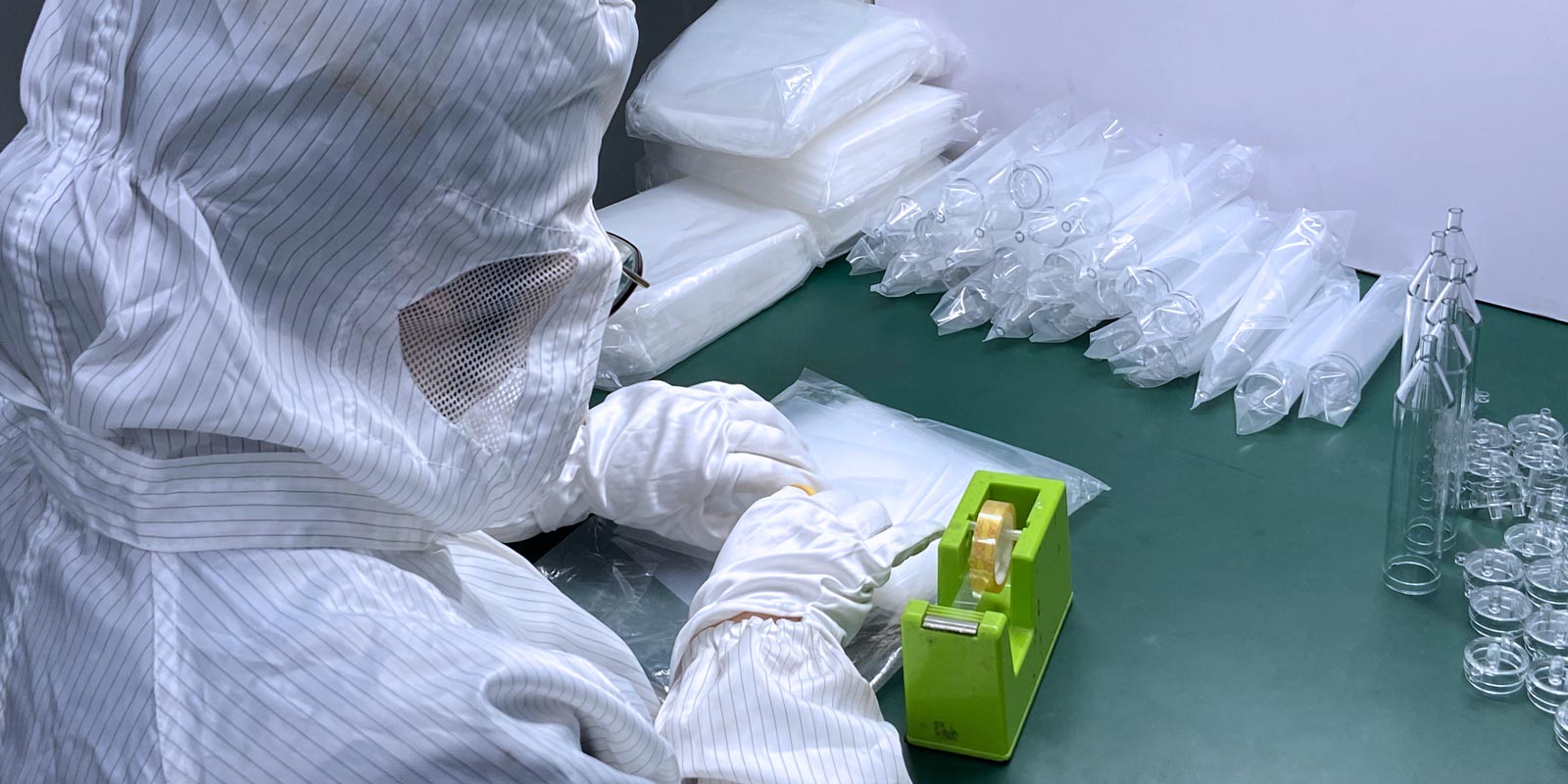

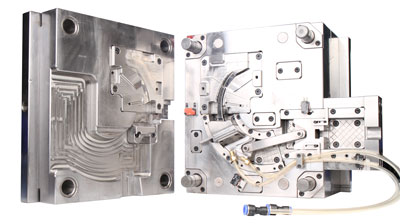
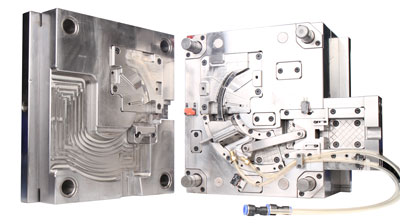
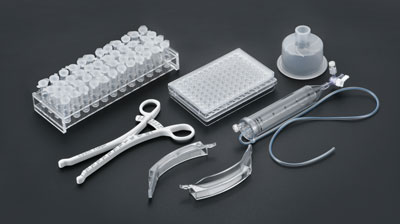








 Home
Home
